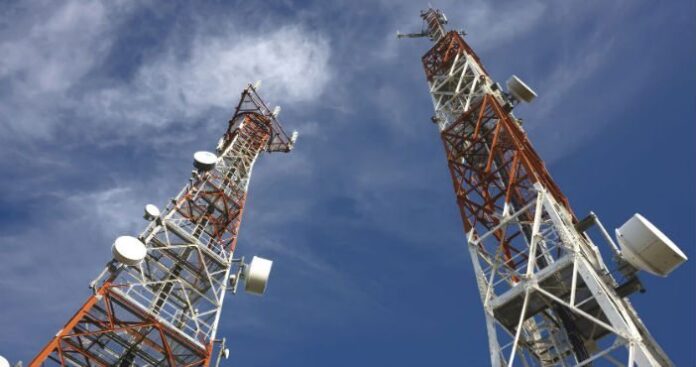Verify installation, configuration and operation prior to commissioning with virtual baseband unit
In the tower industry, it’s important to get the job done right the first time. Unanticipated truck rolls and tower climbs drive up opex, which in a capital expenditure heavy business, can hurt the bottom line.
In a modern tower install, contracts and technicians install fiber, coax, remote radio heads and antennas at the top of the tower. After that, the baseband unit (BBU) is installed, connected and commissioned. But about 20% of the time, problems come to light after the commissioning.
Kashif Hussain, Global Solutions Marketing Manager at Viavi Solutions, explained how this costly reality can be avoided with new BBU emulation technology in an interview with RCR Wireless News.
“During or after commissioning, we often see problems that cannot be caught in the first phase of installation,” he said. “This causes delay in cell-site installation, resulting in higher opex, multiple site visits and unnecessary risky tower climbs. The fundamental challenge to service providers and their partners is the visibility in identifying these problems earlier in the installation and troubleshooting process. Service providers are looking for efficient ways to deploy cell sites and reduce mean time to repair.”
To address this opportunity for efficiency, Viavi developed a BBU emulation feature for its CellAdvisor Base Station Analyzer. Following radio installation, techs can put a virtual BBU on the air to verify performance and troubleshoot radios, antennas, coaxial cabling or the radio environment including external interference, noise and PIM.
BBU emulation also address CPRI Layer-2 RRH initialization, SFP identification, RRH configuration, antenna tilt, digital DAS coverage and signal quality testing, RRH performance verification and OTA LTE verification.
For a deeper dive into the benefits of CellAdvisor BBU emulation, check out this report.
The primary takeaway is problems uncovered after cell site commissioning are costly. Just one truck roll can easily top $2,500 in dispatch costs. Add in troubleshooting, potential future visits and loss of revenue from lack of service, Viavi estimates the total economic cost of each instance can top $50,000.
“Mobile service providers worldwide have standardized on CellAdvisor for its test functionality, ease of use, portability and cost effectiveness,” Hussain said. “They’ve asked us to extend that value proposition to enable comprehensive cell site testing, in order to minimize cost, time to market, downtime and risks to technician safety. BBU emulation is the answer they’ve been looking for. In fact, several of our Tier-1 customers have already upgraded their CellAdvisor instruments to achieve these significant advantages and savings.”

